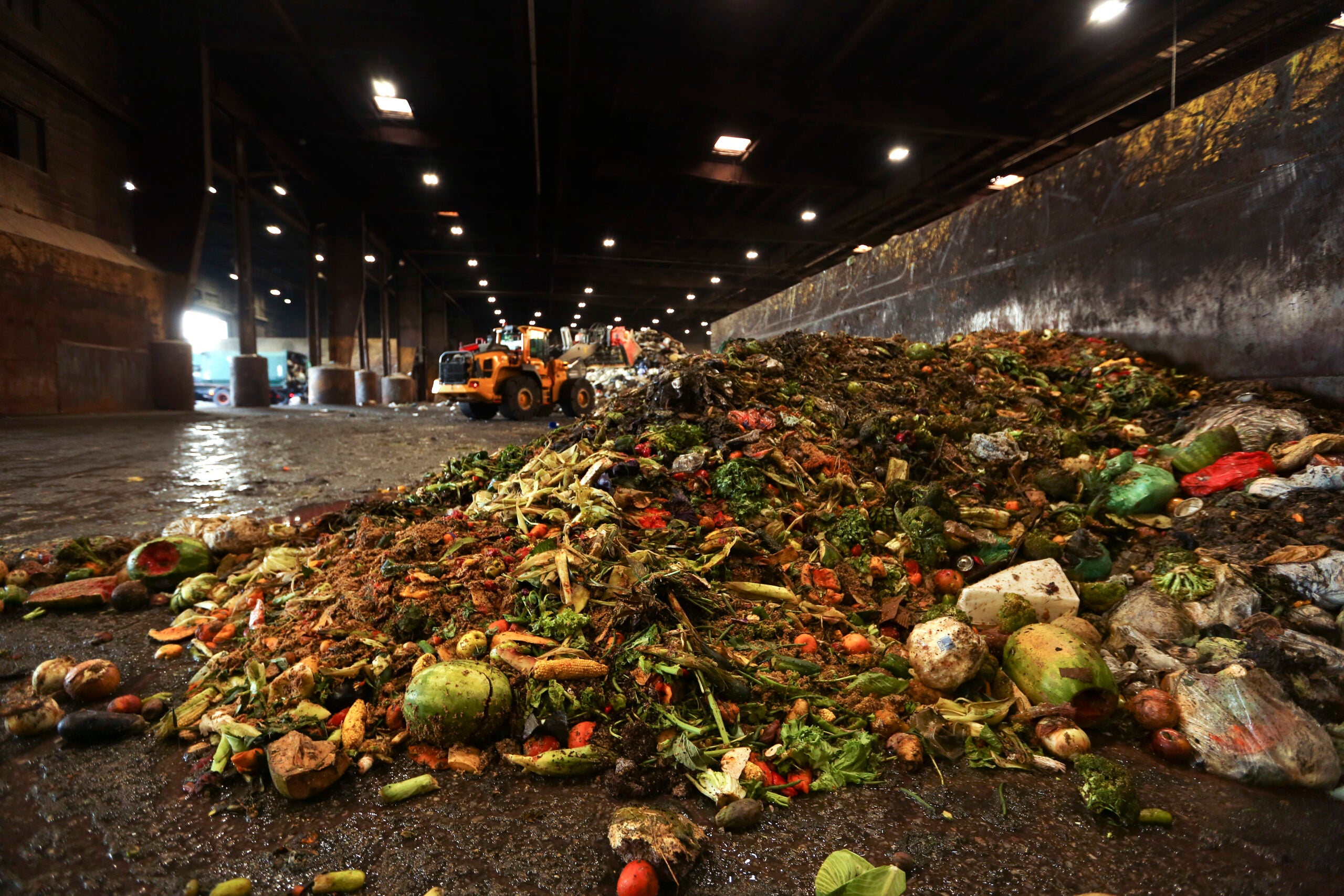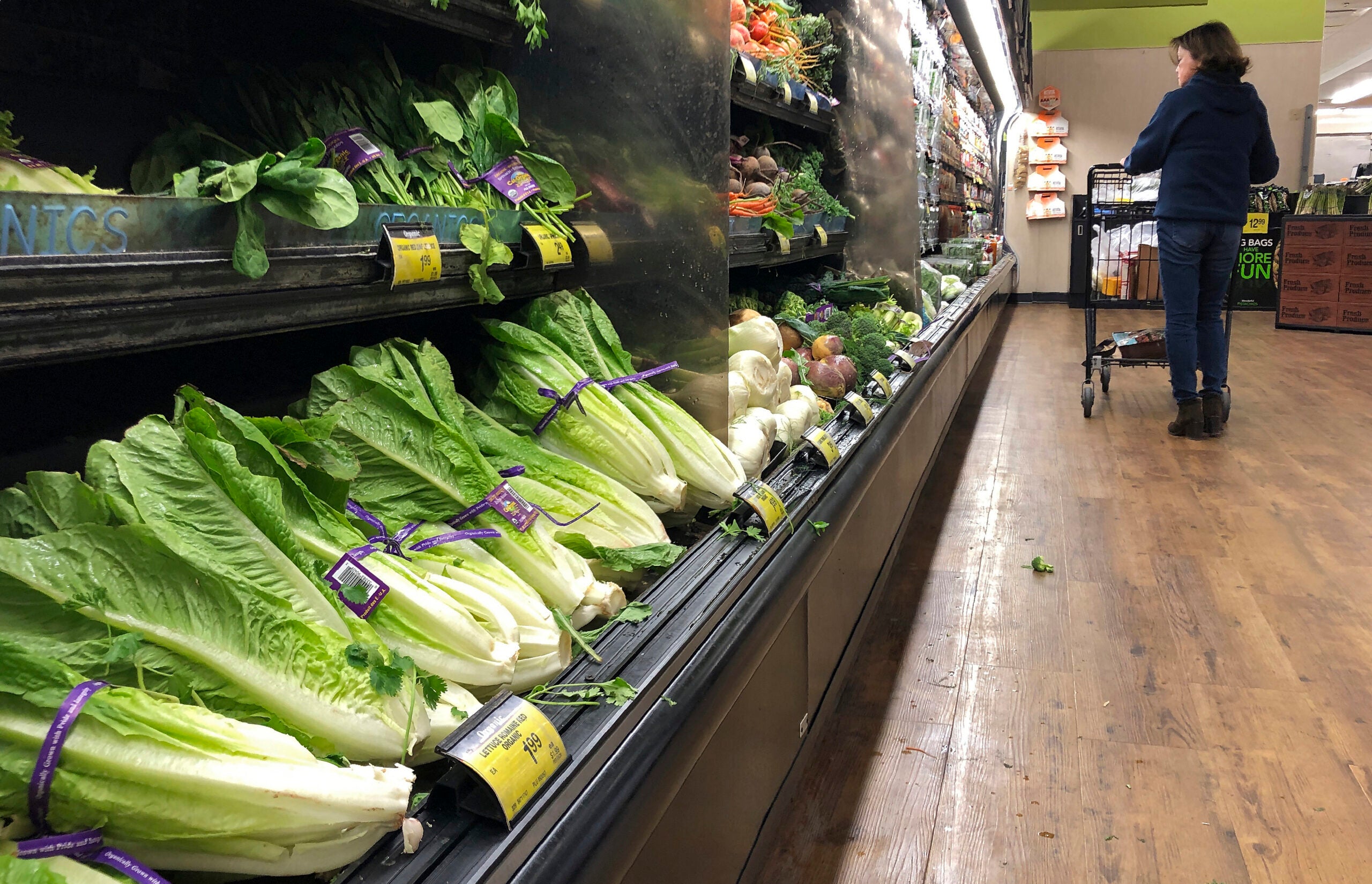At many school cafeterias, there’s food that goes to waste. Instead of going to food banks, it goes to the landfill. One Wisconsin lawmaker says she’d like to change that.
State and federal regulations control how food at schools must be handled. Rep. Sondy Pope, D-Mount Horeb, said, for instance, a carton of unopened milk on a student’s tray has to be thrown out instead of returning it to the fridge.
“And I think we need to address that as legislators because it’s nearly criminal to see how much food – untouched, still in the package – gets thrown away,” she said.
Stay informed on the latest news
Sign up for WPR’s email newsletter.
Food isn’t just wasted at schools. The U.S. Department of Agriculture estimates 30 percent of food is wasted at home, restaurants and grocery stores.
When consumers are picking out produce they consider size, uniformity and appearance, but not taste, Jed Colquhoun, program director of Agriculture and Natural Resources at University of Wisconsin-Extension, said at a recent panel at the state capitol organized by the Evidence-Based Health Policy Project.
“When you go into the supermarket and pick out an apple you don’t a bite out and put it back on the shelf,” Colquhoun said. “You look at it, and if its blemished, most people bypass it. We’re a picky people.”
The USDA is hoping to reduce some waste by getting manufacturers and retailers to date food differently. Right now there’s a variety of phrases used to indicate quality, such as “sell by” or “use by.”
The USDA has revised its guidelines on product dating to “best if used by.” According to the agency, the current hodge podge of phrases has led to consumer confusion and has led to the disposal of food that is otherwise wholesome and safe even though it is past the date printed on the package.
Wisconsin Public Radio, © Copyright 2024, Board of Regents of the University of Wisconsin System and Wisconsin Educational Communications Board.





